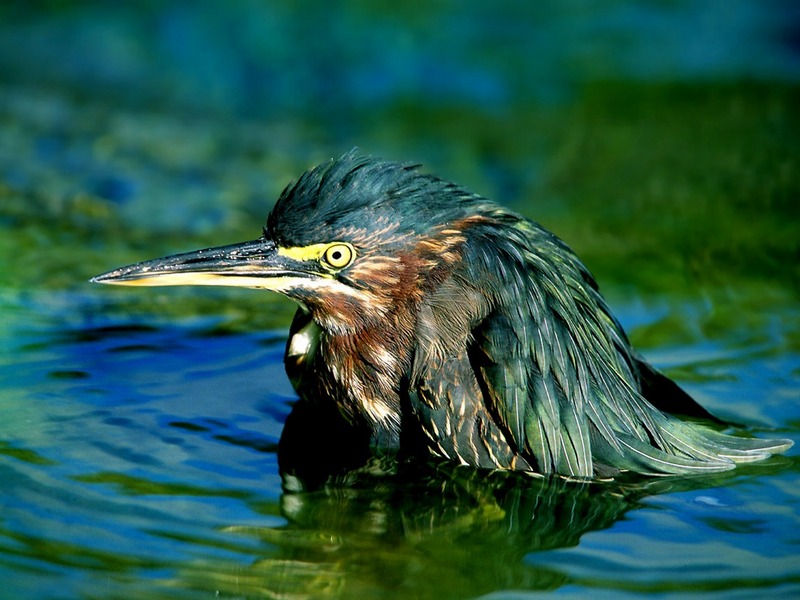|
| Query: bird | Result: 9429th of 32675 | |
Screen Themes - Wild Birds - Green Heron
| Subject: | Screen Themes - Wild Birds - Green Heron
| | Poster: | Phoby (phoby@hanafos.com)
| |

| Resolution: 1152x864
File Size: 238330 Bytes
Upload Date: 2005:01:19 22:25:20
|
Not my photo, from a usenet newsgroup. Hope you just enjoy. |
^o^
Animal Pictures Archive for smart phones
^o^
|
|